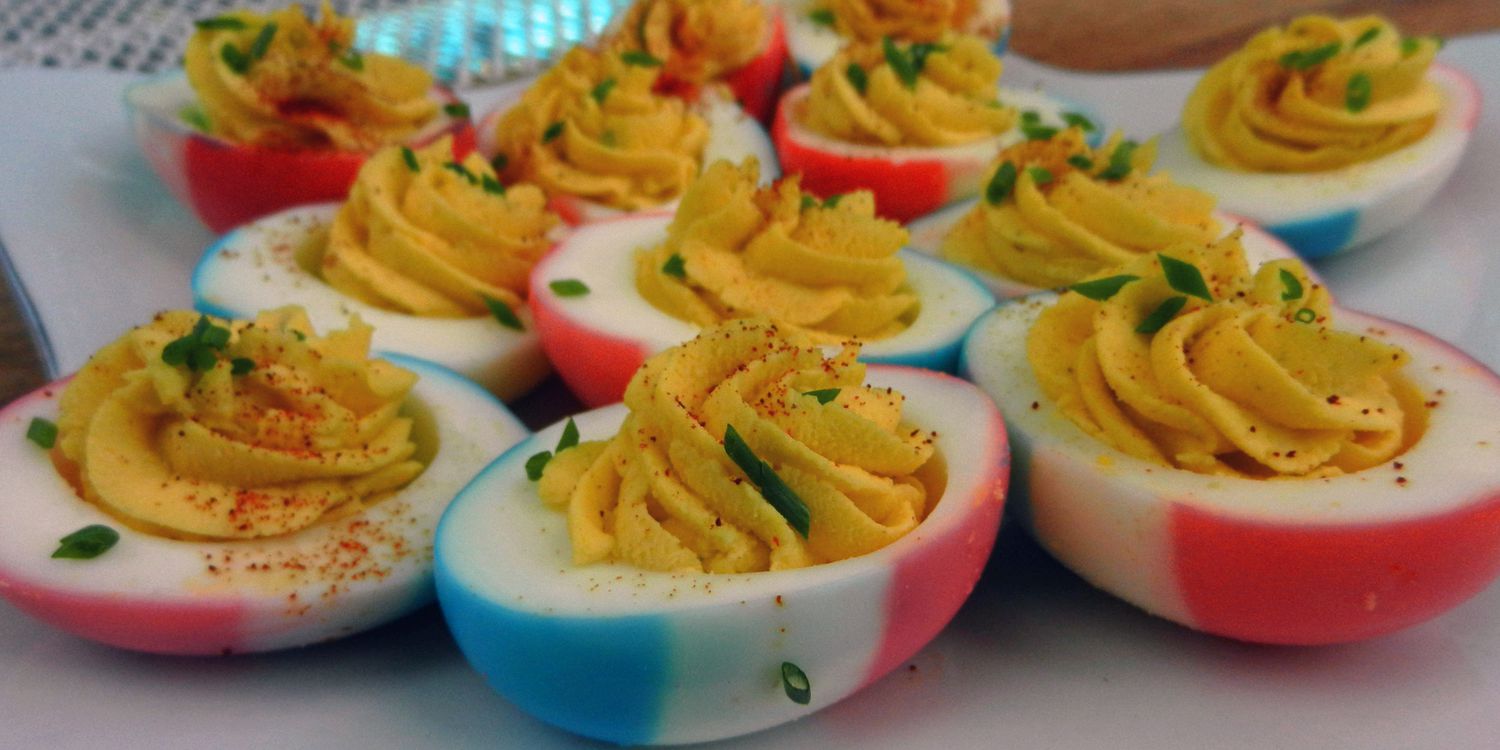Sugar is an integral part of cooking and baking, and is the ultimate pantry staple. But sugar comes in many forms, textures, colors, and even flavors—each with its own use and specialty. So when you see “demerara” sugar pop up in your ingredient list or spy its coarse granules on grocery shelves, you may wonder what it’s all about. Let’s explore.
What Is Demerara Sugar?
Demerara sugar is a type of sugar that is minimally processed. Like many types of white sugar, it is extracted from sugarcane, but it does not undergo the full processing method that produces white—or granulated—sugar, so it still contains traces of molasses and micronutrients. This results in a light brown-colored sugar that has a coarse texture and larger crystals.
It’s often referred to as “raw sugar,” but this is a misnomer since the sugarcane juice still gets boiled to produce demerara sugar. Demerara sugar takes its name from its place of origin: the Demerara district of British Guyana in South America. Because of its origin, it is a common and popular sugar in England.
What Does Demerara Sugar Taste Like?
Because of the traces of molasses that remain, demerara sugar has subtle caramel notes that some describe as a toffee flavor. Demerara sugar tastes similar to brown sugar, which is made by adding molasses back into refined sugar.
Demerara sugar is closely related to turbinado sugar and can be used interchangeably. Both are minimally refined cane sugars, although demerara sugar has a more pronounced molasses flavor. Turbinado sugar is better known by its most popular brand, Sugar in the Raw, and is lighter brown than demerara sugar, though the two are often used in the same ways.
A third type of unrefined sugar, Muscovado sugar originates in Barbados and is darker brown, moist, and with an even more pronounced molasses flavor.
How to Cook With Demerara Sugar
Because of its larger crystal, demerara sugar takes longer to dissolve in recipes. It also provides more flavor notes than plain white sugar, which sometimes is welcome but, in some cases, may not be. In his book, How to Bake Everything, Mark Bittman writes that while raw sugar like demerara sugar can often be used in place of white sugar, the cooking time should be long enough for the sugar to melt properly. The sugar can also be ground to a finer consistency with a food processor or spice grinder before adding to the recipe.
The crunchy texture of demerara sugar makes it perfect to sprinkle on top of cookies, quick breads, or other sweets like scones or muffins. It also adds a complex flavor to recipes like pumpkin pie and is a great shortcut for caramelized flavor in recipes where a sugar topping is broiled or torched, like crème brûlée or this Fig Brûlée with Burrata Cheese recipe. It’s also delicious when stirred into hot beverages like tea or specialty coffee drinks where it can dissolve properly.
Can’t find demerara sugar? Good substitutes for would be turbinado sugar or dark brown sugar.
Buying and Storing Demerara Sugar
Demerara sugar can be found in the baking department of well-stocked supermarkets or specialty stores like Whole Foods, or kitchenware and baking supply stores, as well as online. The company India Tree, which specializes in baking ingredients, sells demerara sugar in one-pound plastic bags.
Because of its slight moisture content, demerara sugar can be stored the same way as brown sugar: in a container with a tight-fitting lid or in a plastic bag that is sealed tightly against moisture and air.




